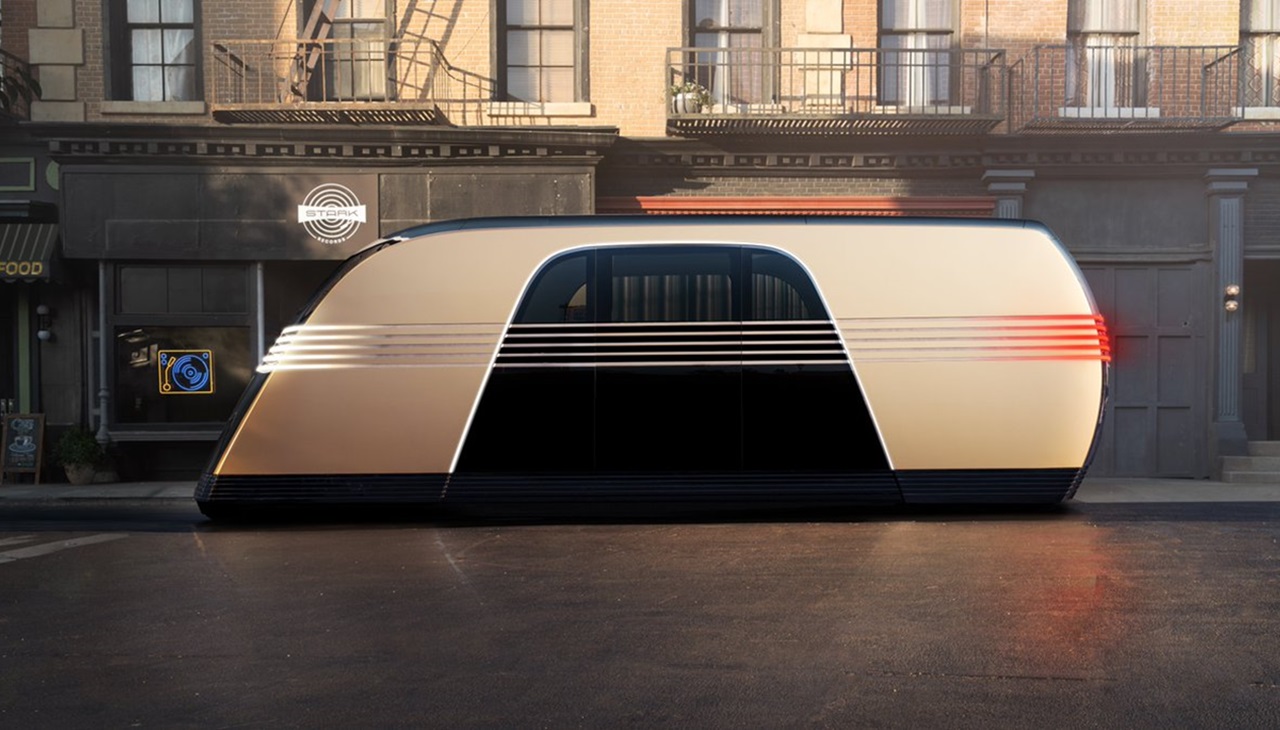
Robovan, the new bet of Elon Musk and why it disappointed
Elon Musk on Thursday unveiled what he said was a robotaxi capable of self-driving, predicting it would be available by 2027 -- about a decade after he first promised an autonomous vehicle.
The Tesla CEO said the fully electric car -- which has no steering wheel or pedals -- would be priced under $30,000, would be charged wirelessly with inductive technology and would be "10 to 20 times safer" than human-driven cars.
"You can think of the car in an autonomous world as being like just a little lounge," he told a crowd at the Warner Brothers Studio lot near Los Angeles.
"You're just sitting in a comfortable little lounge, and you can do whatever you want while you're in this comfortable little lounge, and when you get out, you will be at your destination."
Few details were given about the vehicle, whose gullwing doors are reminiscent of the Delorean made famous by the "Back to the Future" films, but Musk said Tesla already had 50 of them.
He said the company was expecting to begin "fully autonomous, unsupervised" driving in Texas and California next year with existing models, and then move on to production of what he called the "cybercab".
"I tend to be a little optimistic with time frames, but in 2026, so yeah, before 2027. Let me put it that way."
Robovan and Optimus robot
The evening, which started almost an hour late, was heavy on sunny visions of the future, but light on specifics.
But it also showcased a mass passenger vehicle that Musk called "The Robovan."
The vehicle, which looks like an enormous moving toaster, has no steering wheel, pedals or driver.
It can seat up to 20 people or could be converted to carry goods, Musk said.
He gave no details about production or any timeline.
Musk also brought out dancing humanoid robots called Optimus that he said would one day be able to do menial tasks, as well as offer friendship.
"I think this will be the biggest product ever of any kind," he said, adding that he expected the robot to retail for $20,000 to $30,000.
He gave no timeline on this, either, and it was not clear from the livestream what the robot's capabilities were, although it was shown walking amongst audience members, handing out plaques and serving drinks.
Support for Trump
Musk's bullish pronouncements and dedicated fanbase have helped build Tesla into one of the world's most valuable companies.
While he was once the darling of the political left for his environmentalist moves towards electrifying transport, he has become increasingly controversial.
Since buying Twitter -- which he renamed X -- the free speech absolutist cut staffing on the platform, leading many long-time users and advertisers to abandon the forum.
And he's currently spending time and money promoting Republican Donald Trump, echoing the billionaire presidential candidate's dire warnings about migrants and a crumbling America, including during an exuberant appearance at a weekend Trump rally that was widely mocked.
Thursday night's robotaxi reveal was a long time coming.
Musk first said in 2016 a fully automated car was two years away; a year later he was touting a vehicle by 2019 so clever that customers would be able to sleep while it drove them around.
But as many automakers have found, self-driving is tricky.
While lots of cars nowadays have limited automation, theoretically allowing the driver to cede some of the boring bits of driving to an onboard computer, the person behind the wheel still has to pay attention and jump in if the car does something unpredictable.
That's because computers, unlike people, are not very good at reacting to unexpected events or situations they have never seen before.
Other companies, such as Google's Waymo and General Motors' Cruise, have operated heavily regulated and limited pilot robotaxi programs for a few years already.
Anything Tesla tries to put on the road will face the same kind of regulatory hurdles, as well as skepticism from the general public, many of whom have never seen a car without a driver.
Immediate reaction to the reveals was mixed.
CONTENIDO RELACIONADO
"Delusional nonsense from a liar who has been promising a robotaxi every year for a decade," wrote user @goodandnormal on X.
Others on the platform were more enthusiastic, with some predicting that Tesla's share price will soar when US markets open.
"Tesla self-driving 'Robovan.' The future looks promising," wrote @CollinsEbot1.
© Agence France-Presse By Huw GRIFFITH
The stock's reaction
Wall Street stocks were mostly higher early Friday as markets weighed solid earnings from JPMorgan Chase but panned a much-hyped Tesla launch event on autonomous driving.
Markets also digested data showing US wholesale prices were flat in September.
Insurance company Nationwide said the latest inflation report "won't spoil the Fed's plans" to further reduce interest rates in 2024 after cutting rates in September.
About 20 minutes into trading, the Dow Jones Industrial Average was up 0.4 percent at 42,624.30.
The broad-based S&P 500 climbed 0.2 percent to 5,792.55, while the tech-rich Nasdaq Composite Index slipped 0.1 percent to 18,256.61.
Wall Street indices are on pace for weekly gains as buyers have stepped in to purchase equities following pullbacks this week.
JPMorgan jumped 3.4 percent as the bank reported lower profits but topped estimates. Executives described US consumers as healthy.
But Tesla slumped 7.5 percent after Elon Musk demonstrated an electric Robotaxi without steering wheels or pedals at a long-awaited event in Los Angeles.
However, critics said the presentation was short on details of financial steps and timelines to make the product a reality.
© Agence France-Presse. New York, United States.










DEJE UN COMENTARIO: